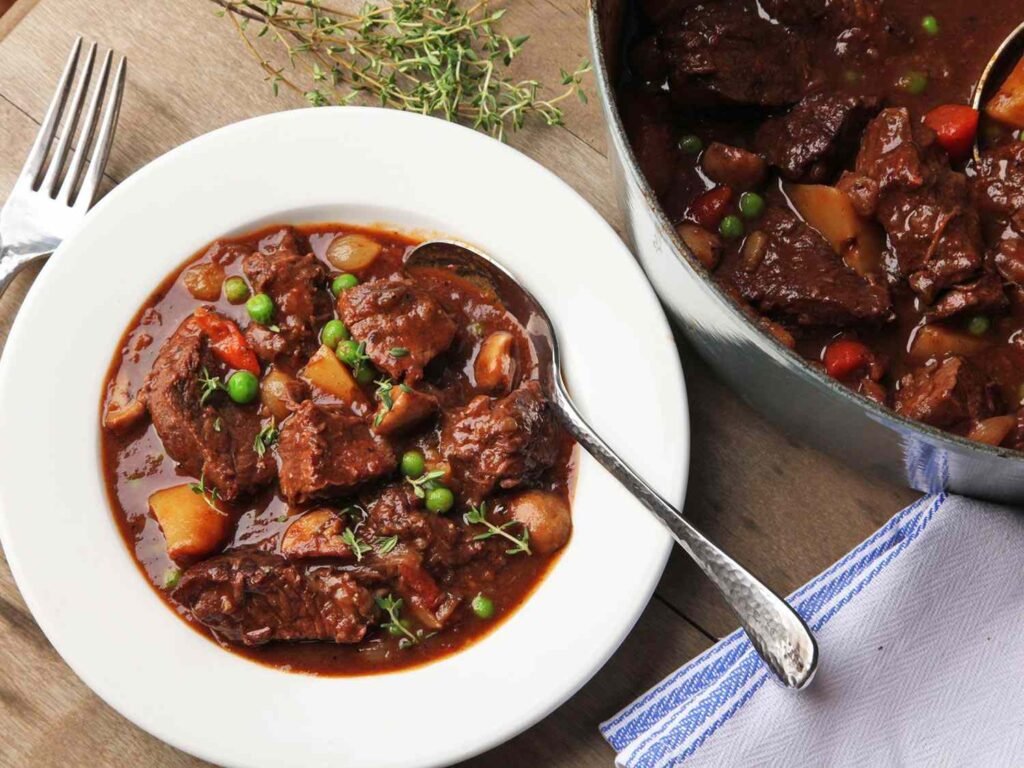Ketchup powder may be best known for flavoring Canadian snack foods, but it’s also a versatile seasoning that deserves a spot in your pantry. Its mix of tomato, vinegar, salt, and sugar delivers bold flavor that lends itself to a surprisingly wide range of cooking applications.
Ketchup powder belongs next to Nanaimo bars and Céline Dion in the pantheon of great Canadian cultural exports. I first fell in love with ketchup powder while visiting my brother-in-law in Vancouver, where the brick-red spice blend is a common flavoring on potato chips. I smuggled a shaker across the border when I returned to the US, and started testing other applications: Chex mix, fries, mixed nuts. Combined with tangy cultured butter, ketchup seasoning made a popcorn that seemed chemically engineered to trigger my brain’s pleasure centers. I haven’t made popcorn any other way since.
I’ll admit there’s an image problem to correct: To many, ketchup is a symbol of culinary immaturity–of taste buds that never grew up. But ketchup’s highest calling is its ability to enhance flavors, not mask them. Consider the Lexington barbecue tradition, where a small amount of ketchup helps round out the prickly edges of Carolina vinegar sauce. The major components of ketchup—salt, sugar, vinegar, tomato—cover four of our five basic tastes. That makes ketchup powder a surprisingly versatile pantry player. It’s useful in much more than just snacks. Increasingly, I reach for ketchup powder any time I want the four-legged stool of salty, sweet, sour, and umami without the gloopy, syrupy base.
Serious Eats / Liz Cook
Where to Buy Ketchup Powder
Ketchup flavoring has made some inroads in the United States in recent years—Trader Joe’s launched a Ketchup Sprinkle in 2023 (though it’s since disappeared from shelves), and Doritos re-released a “tangy ketchup” flavor chip this summer. But the shakers aren’t yet ubiquitous on US grocery store shelves. Fortunately, the powder is easy to source online.
While formulations differ slightly from brand to brand, the base should include salt, sugar, tomato powder, vinegar powder, and granulated onion (some blends add garlic to the mix). Double-check that vinegar powder is on the ingredients list before you buy it, since a few brands rely on just citric acid or lemon juice—it’s what gives the spice blend its signature tang.
How to Use Ketchup Powder
Ketchup powder is good for much more than topping snacks and stealth seasoning your hot dogs around Chicagoans.
As an entry-level flavor boost: Try adding a couple of teaspoons to your favorite dry rub (it’s especially good on ribs) or to your seasoning blend for potato wedges and French fries. Because the powder is designed as a finishing blend—something to be shaken liberally over popcorn and chips—it’s hard to overdo it.
To boost ketchup-based dishes: Unsurprisingly, ketchup powder is also a great way to maximize flavor in dishes that already include bottled ketchup. The seasoning can boost flavor in Lexington-style red coleslaw without changing the texture of the dressing, or amp umami in a meatloaf mix without adding moisture, harmonizing the interior of the loaf with its glaze.
As a flavor-deepening secret weapon: Once you’re comfortable with ketchup powder, the world is your oyster [sauce]. In my house, the powder has become a sneaky way to deepen flavors in all kinds of sauces and stir-fries. Try adding a few shakes to sweet and sour pork, Sichuan-style eggplant, or Chinese scrambled eggs with tomato. It can add depth to the spice blend in an American beef stew, or boost color and acid in a bhindi masala.
For bold, snacky dips: Subtlety is not required. Take a cue from Canada’s ketchup chips and try mixing it with sour cream for the beginnings of an “all-dressed” chip dip.
The power–and powder–is in your red-stained hands.

